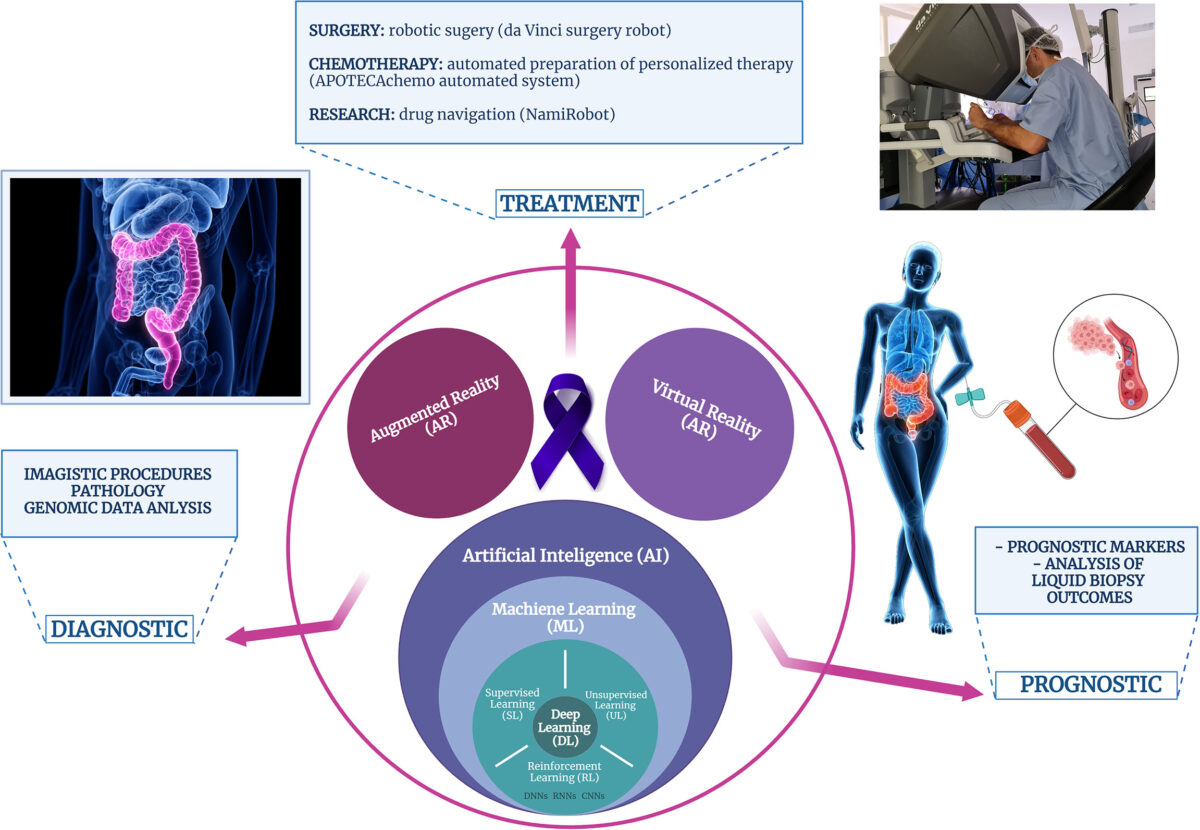In the steadily developing scene of medical services, the joining of artificial intelligence has denoted a critical leap forward in the early discovery and therapy of fatal growth. Among the most recent headways is the usage of artificial intelligence algorithms to examine DNA rehashes in liquid biopsies, offering a harmless and exceptionally precise technique for cancer growth location. This creative methodology holds huge commitment in changing the manner we analyse and oversee different types of cancer growth.
One of the vital benefits of involving artificial intelligence for dissecting DNA repeats lies in its capacity to deal with tremendous measures of information quickly and precisely. Customary treatments for examining DNA repeats frequently require manual intercession and are inclined to human blunder. Artificial intelligence algorithms, then again, can filter through enormous datasets with unrivalled speed and accuracy, empowering clinicians to identify unpretentious examples characteristic of harmful developments with more prominent dependability.
Moreover, artificial intelligence algorithms can adjust and gain from new information inputs, ceaselessly refining their recognition capacities over the long run. This iterative interaction upgrades the exactness of disease location as well as considers the recognizable proof of novel biomarkers that might have recently slipped through the cracks by ordinary treatments.
The use of artificial intelligence in dissecting DNA repeats has shown striking adequacy across different sorts of disease. In breast cancer growth, for example, studies have exhibited the capacity of artificial intelligence algorithms to recognize explicit examples of DNA repeats related with cancer movement and reaction to therapy. Likewise, in colorectal disease, artificial intelligence driven examination of ctDNA has demonstrated compelling in anticipating patient results and directing helpful choices.
Additionally, the painless idea of liquid biopsies offers critical benefits over customary tissue biopsies, especially in observing illness movement and treatment reaction. Patients going through cancer growth treatment frequently require incessant checking to survey the viability of treatment and identify any indications of repeat. Liquid biopsies give a helpful and less difficult technique for getting sequential examples, permitting clinicians to follow changes in growth DNA over the long run and change treatment systems likewise.
Despite its enormous potential, the broad reception of artificial intelligence in cancer growth discovery faces a few difficulties, including administrative obstacles, information security concerns, and the requirement for thorough approval studies. In any case, progressing research endeavours and joint efforts between clinicians, researchers, and innovation engineers are quickly propelling the field, carrying us more like a future where artificial intelligence driven liquid biopsies are consistently coordinated into routine clinical practice.
All in all, the combination of artificial intelligence algorithms for examining DNA repeats in liquid biopsies addresses a change in perspective in disease identification and the executives. By outfitting the force of artificial intelligence to unravel complex hereditary data, clinicians can analyse cancer growth prior, customize treatment techniques, and at last work on persistent results. As we keep on opening the maximum capacity of this groundbreaking innovation, the possibilities for fighting disease with more prominent accuracy and adequacy have never been seriously encouraged.



